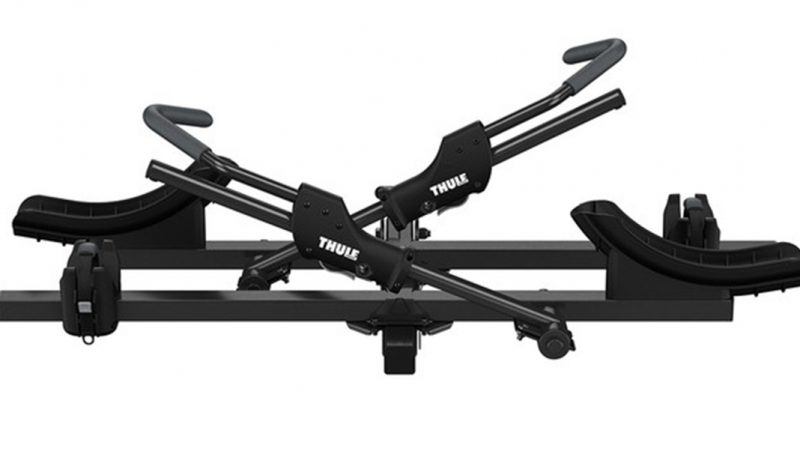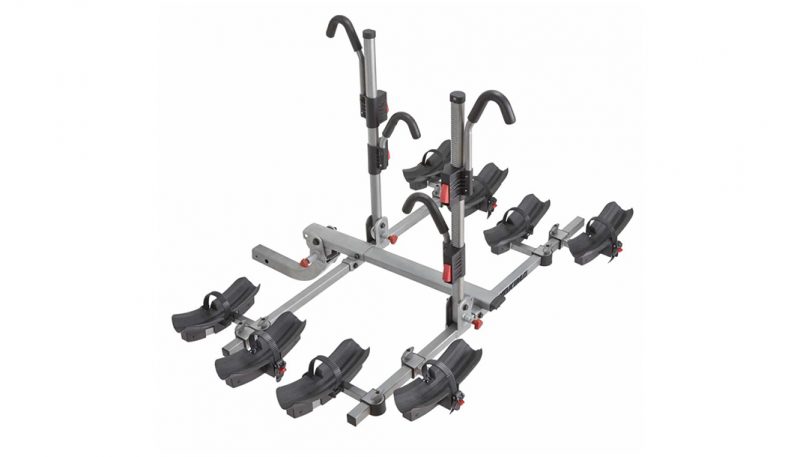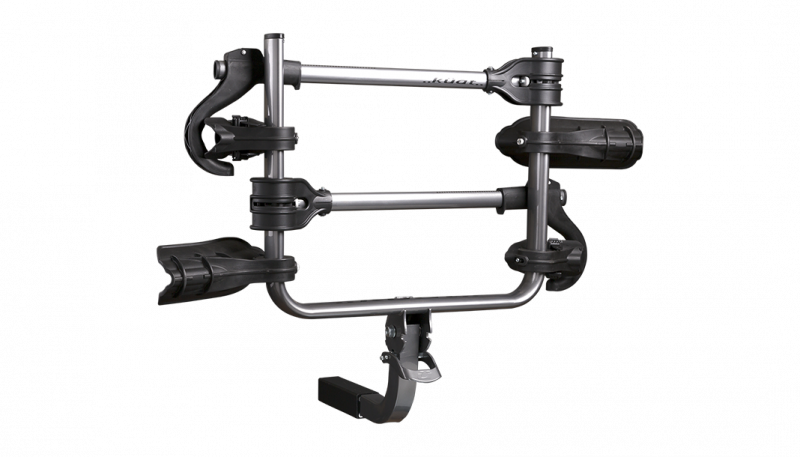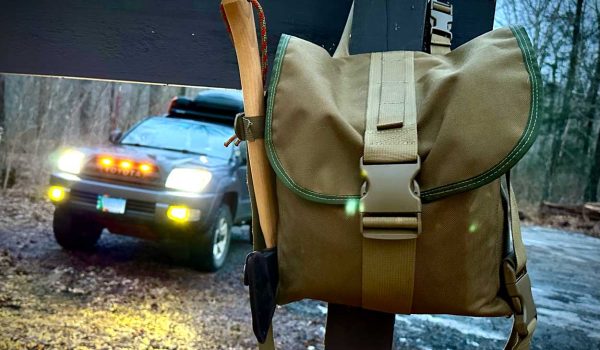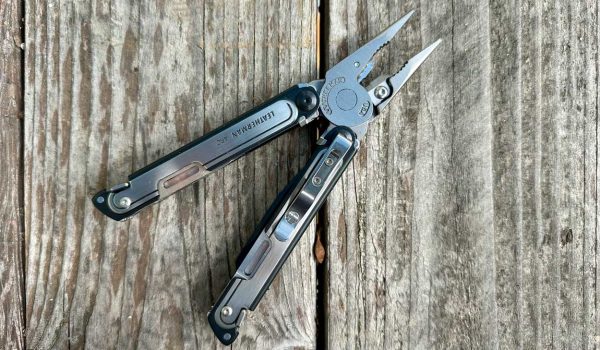Review Results
Setup
Most of the racks were fairly easy to set up and each manufacturer provided good instructions for the process. For those of us without a large workbench area to build the rack at standing height, it was a nice move by Thule, Yakima and RockyMounts to insert the backbone of the rack into the hitch for further assembly to minimize needing to be hunched over. Though even if the instructions don’t call for it, many of the other racks can be assembled this way.
Another consideration is the needed tools. Many of the kits are designed to only need one or two speciality tools, which are usually included. They may also call for pretty common tools like a flat-head screw driver which the assembler is expected to have.
Stability
The least stable part of any rack is the joints – where it’s designed to move. But for the rack to be stable while driving down the road, these joints need to be tight enough to minimize jiggling. The most stable of the racks tested was the Rhino Rack. The joints are nice and tight while the downside meant a little more effort was required to adjust the rack – like from being folded up against the vehicle down to load bikes or to move the swing arms.
A common point prone to jiggling some is the interface between the hitch and the rack. Most racks use a bolt that goes through both the rack end and the receiver hitch that just needs to be cranked down as tight as possible. But with the leverage the arm of the rack causes, it will almost always still have some up-and-down motion. The RockyMounts SplitRail uses an internal drive system to pull the rack tightly towards a large pin that easily sides into place through the rack and hitch. This, plus a wedge piece that eats up the excess space between the rack and hitch receiver, does the best job at eliminating movement at this point on the rack.
Ease of Use
This is the criteria where the old guard of Yakima, Thule and Rhino Rack lost out to the newer and more innovative companies with racks that were simpler to handle and set up. For the two established brands, to fold the rack up or down, one has to reach over the rack to the joint area and pull a lever to release it. When there are no bikes on the rack, it’s easy to lean over and reach the lever. RockyMounts and Kuat however figured out that once bikes are on the rack, reaching through or around them to tip the rack back for accessing the rear of the vehicle is annoying at the least. They both installed release levers at the rear of the rack, furthest from the vehicle. Kuat with a clever kick plate (though the bikes are still a little in the way when loaded) and RockyMounts with a hidden lever under the upper spine of the rack.
Other ease-of-use factors come in when mounting and removing the rack itself from the vehicle and RockyMounts SplitRail takes the cake here again thanks to its clever internal drive system with a tightening knob at the rear of the rack.
There’s also the ease of loading and unloading the bikes from the racks and the wheel arms that come up and clamp down. The Yakima FourTimer is a little complicated (even when rigged as a two bike carrier) in that the top clamps are in the middle and hold onto the frame. The first bike needs to be either lifted over the clamp arm or snuck in around it. This pays off in versatility below. All the other racks use a swing arm to get out of the way and they clamp on the front tire.
Versatility
This criteria stands out depending on the range of bike types and how many bikes can be carried on a rack. Per its name, the Yakima FourTimer was the only rack in the test that came standard ready to carry four bikes but the RockyMounts Split Rail and Thule T2 (the 2 inch hitch version) can be expanded to carry up to four bikes with the purchase of extra parts.
Versatility also stood out in the ability for the rack to fit on either 1 1/4 inch hitches or 2 inch hitches. These include the Thule, Kuat and Rhino Racks while the RockyMounts and Yakima only came in a 2-inch version which won’t size down to fit a 1 1/4-inch receiver.
This criteria also looked at the kinds of bikes that can be carried, specifically fat bikes. The Thule and RockyMounts racks took fat bikes as sold while Kuat, Yakima and Rhino sell separate fat bike kits of various sorts. For other types of bikes, the Yakima FourTimer is great for bikes with fenders since nothing camps down on the wheel, but it’s not good for fragle carbon bikes that warn against clamping onto the delicate frame.
Features
As with many products, features can run the gamut and often overlap with a few of our other test criteria. Nevertheless, this is where the RockyMounts SplitRail nudged ahead with features like a built-in lock system, interchangeable lock cores to match your other RockyMounts products, and a hanging bracket for when the rack is being stored in the garage. While other racks had one or two of these features, or maybe had a feature unique to them, the features of the SplitRail proved to be the most practical.
Review Conclusion
Hitch-mount tray-rack bike carriers, like any other bike rack, have their pros and cons. First and foremost, it needs to be determined how many bikes will be carried on the rack and what types of bikes will be transported. Most hitch-mount racks can accommodate most types from a road bike to cruiser, to a mountain bike and fat tire bike. Some racks do require an adapter kit to hold the fat tire bikes. Another top consideration is whether your bikes can tolerate frame contact or if they have fenders. In the end, while these racks are similar in general, each rack has unique aspects that will appeal to different users, which is why it’s worth digging into the individual detailed reviews.
Test Methods
For testing, these bike carriers were built from the box they came in, mounted and removed multiple times for trips to the local bike park, trail heads and used on extended road trips. The bikes used on these racks included road bikes, mountain bikes and commuter/cruiser bikes to see how each rack handled the various nuances of size, frame and tire styles, handle bar shape and how they tipped away from the vehicle.
What is a hitch-mount tray-style bike rack?
Tray-style hitch-mounted racks are one of the most accessible bike carriers available. The trays are relatively low to the ground so bikes don’t have to be lifted very high to load them. There’s no hanger bar to thread through the bike frame so bikes don’t dangle and possibly bang into one another during transport. They are one of the biggest styles of bike racks available and take up a lot of room in the garage or shed when not mounted to the vehicle. They can also be cumbersome to attach and remove from the vehicle (though, the RockyMounts SplitRail is challenging that). Most tray style racks use a swing arm to clamp down on the front tire and a ratchet strap for the rear wheel, though there are exceptions, like the frame style clamp of the Yakima FourTimer.









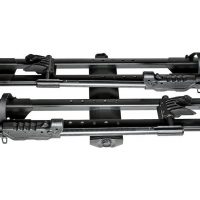
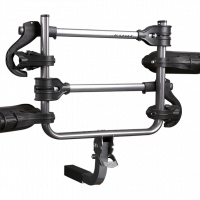

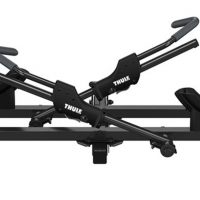

 89
89 

